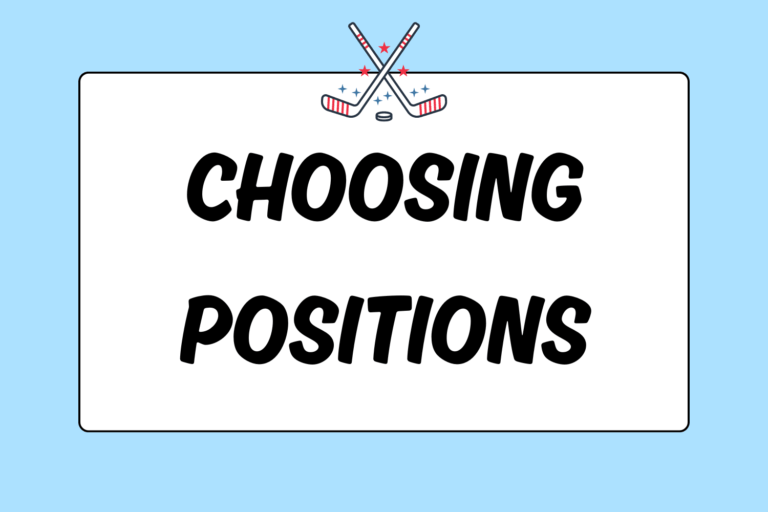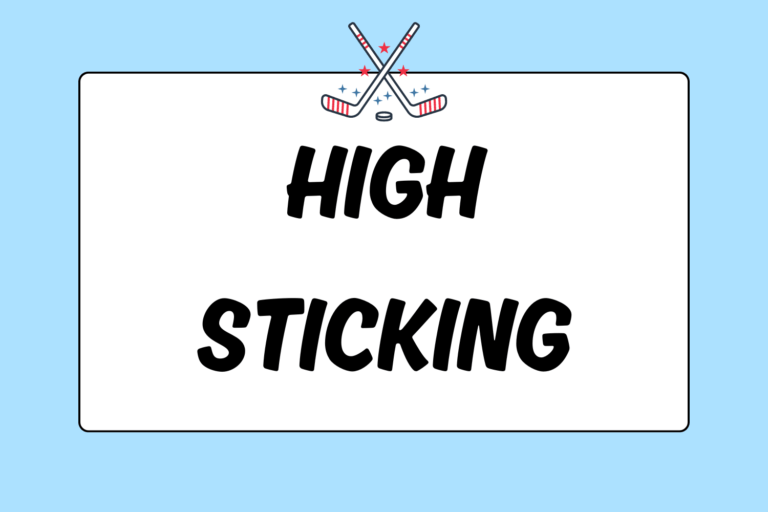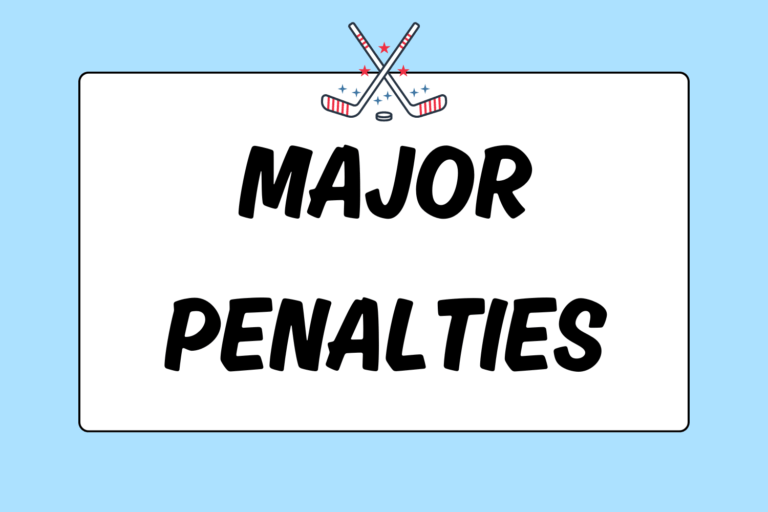Frozen water is the one constant among many minor variables with ice hockey rinks. Painted lines alter, zones get bigger – or smaller, depending on where you live – and the overall size of the surface changes slightly from rink to rink. In general, though, there are two basic styles of rink: The one that is used in most countries and sanctioned by the International Ice Hockey Federation for international competition, and the one used by the National Hockey League and throughout most of North America.
Surface
The IIHF rink is the larger of the two rink styles. This rink is 200 feet (60.98 meters) long and 100 feet (30 meters) wide. The rink used in the NHL is shorter in width – by 15 feet (4.1 meters). The length of the rink is the same as that used in international competition. Due to the fact that players from traditional hockey powers like Russia, Sweden, Finland, and the Czech Republic have more room to maneuver on the ice, they are widely regarded as having better overall skating abilities than players from North America. Playing on a rink of this size requires more finesse. However, these players have been known to have difficulty adapting when playing on a rink in North America, as players from Canada and the United States play a more physical style of hockey on the smaller ice surface. All rinks are enclosed with a combination of boards and Plexiglas. The boards can be no more than 4 feet (1.2 meters) high. On top of the boards is Plexiglas that extends up to 8 feet high on a North American rink, and 2 meters high on an international rink.
Zones & Markings
Both the end zones and the neutral zone are the same length—58 feet (17.3 meters)—on an IIHF playing surface. In North America, however, the neutral zone is only 50 feet (15.24 meters) long, and the end zones stretch 64 feet (19.51 meters) in length. Players in North America also have less room to operate behind the net, as the area from the back boards to the goal line is only 11 feet. In the international game, that area is 13 feet (4 meters). The two blue lines that mark the beginning of the end zones, the center red line, and both goal lines stretch from boards to boards across the ice. The actual width of these painted lines is the same on all rinks. It breaks down as follows:
- Blue lines: 12 inches (30 centimeters)
- Center red line: 12 inches (30 centimeters)
- Goal lines: 2 inches (5 centimeters)
At the center of every rink is a faceoff dot surrounded by a faceoff circle. The dimensions of this faceoff area are consistent across rink styles: The dot is 1 foot in diameter (30 centimeters); the circle is 30 feet (9.1 meters) in diameter. On both North American and IIHF rinks, there are four other faceoff circles with dots in the middle. Two circles are in each end zone, with one placed on each side of the goal. These circles are the same size as the one at center ice, but the actual faceoff dots are bigger, measuring 2 feet (61 centimeters) in diameter. There are also hash marks in each of these end-zone circles, used to position the three forwards on each team during a faceoff. There are four other faceoff dots that stand alone in the neutral zone, without circles. They are generally used to begin play after offside calls. These dots – two on each side of the ice and positioned 5 feet (1.5 meters) behind the blue lines – are the same size as the ones in the end zones.
Goal & Crease
The size of the goals is consistent in rinks across the world. They are 6 feet (1.83 meters) wide by 4 feet (1.22 meters) high and positioned in the center of the goal line at each end of the ice. The goals are reinforced by metal posts along the sides and the top. White netting, tied to the posts and covering the back end of the goal, acts as a backstop for pucks that go into the goal.
The goal crease, however, varies in size depending on rink format. In international play, it is a half circle that extends out, away from the goal line, and runs 11 feet, 6 inches (3.6 meters) along the goal line. In North America, the crease runs only 1 foot past each goal post with straight lines on all sides, except for the top.
All these lines and measurements may make it seem like one style of hockey rink is drastically different from the other. Sure, an NHL hockey rink is smaller, but by looking at the diagrams above, you can see that the differences are only slight. Either way, the object of the game and the skills required to succeed remain the same: Play hard and fast to score goals and win!





